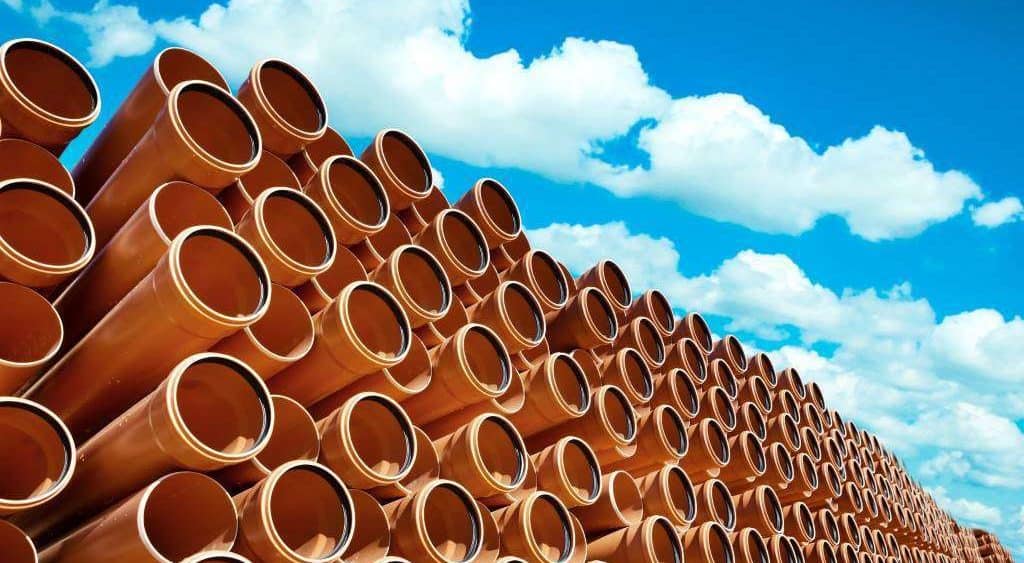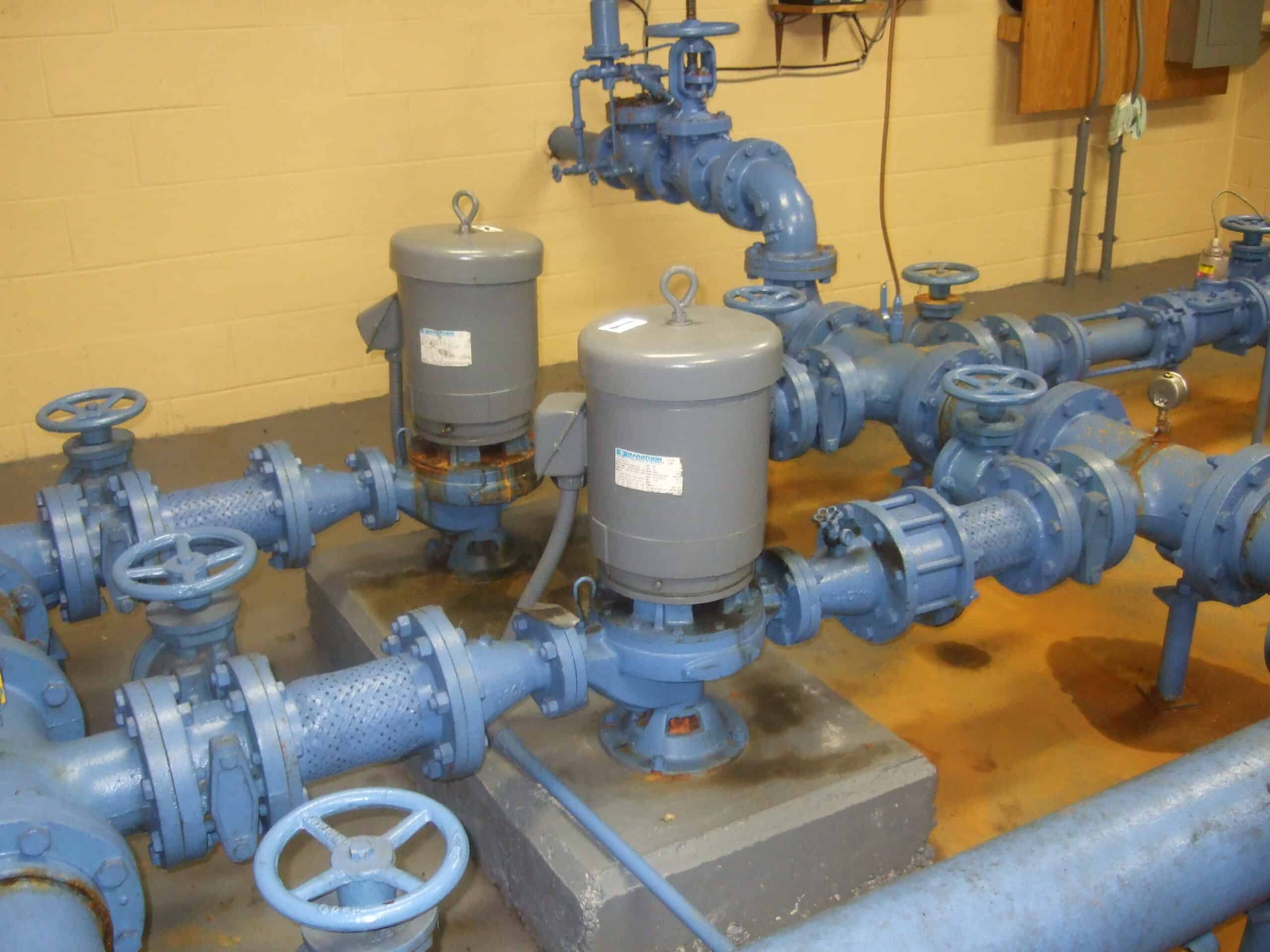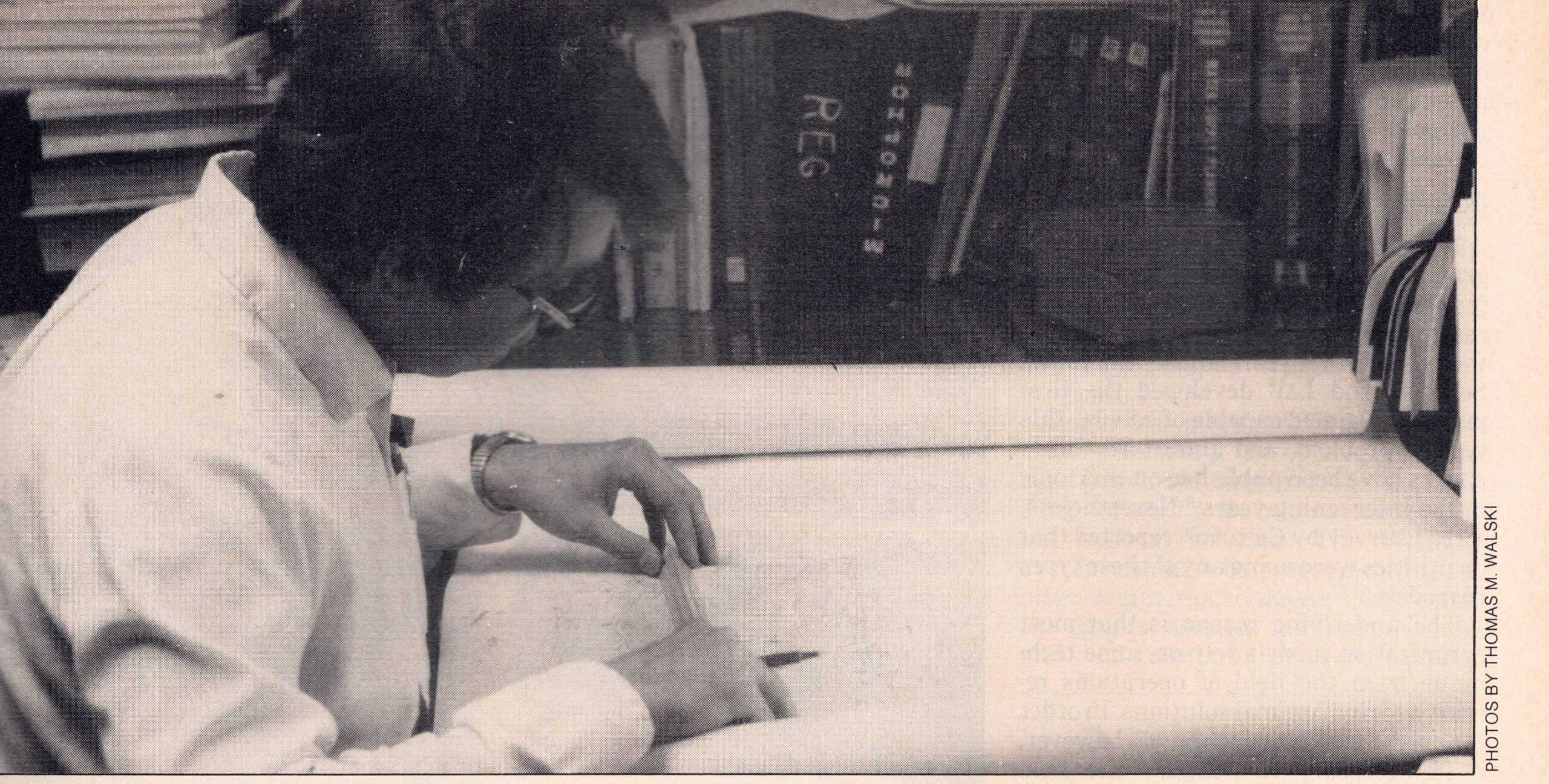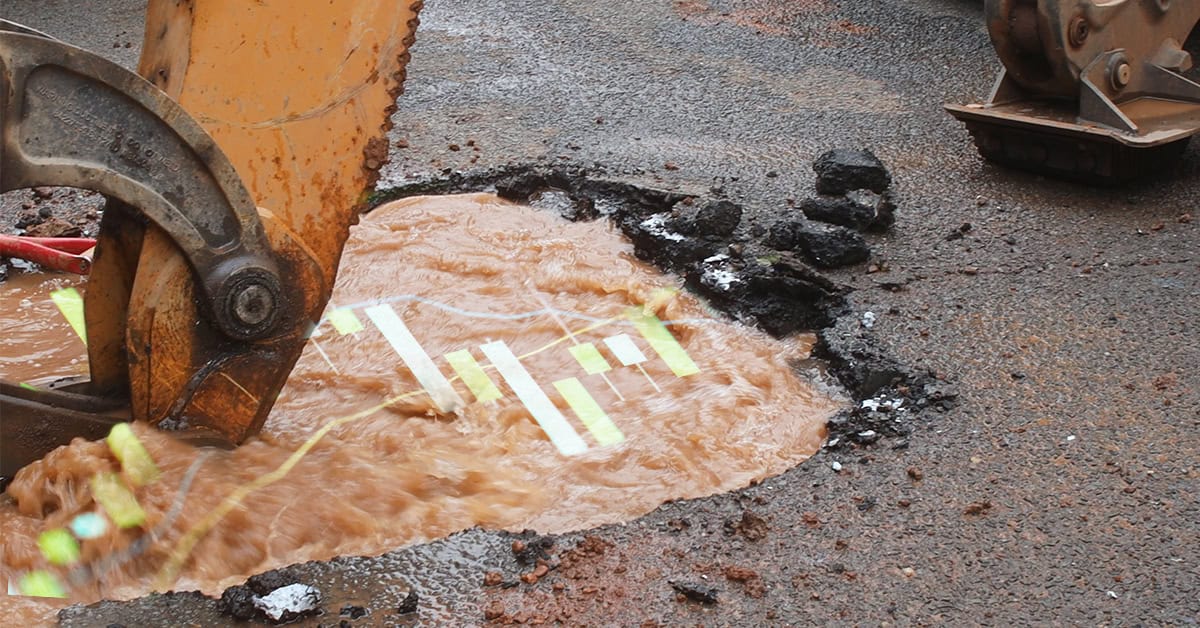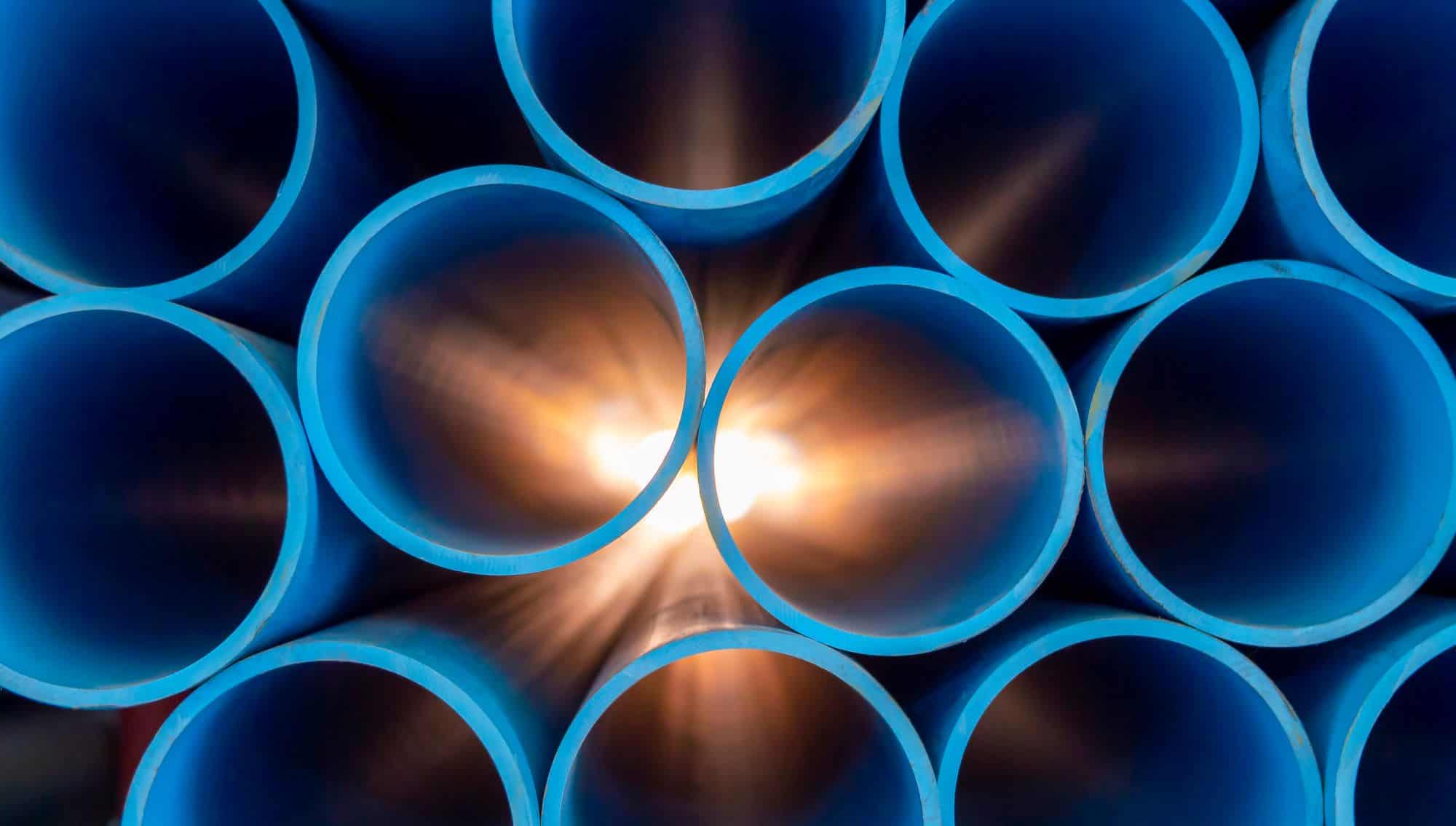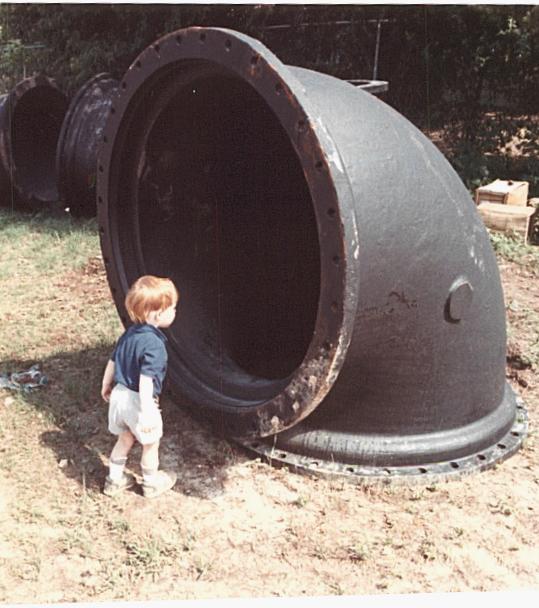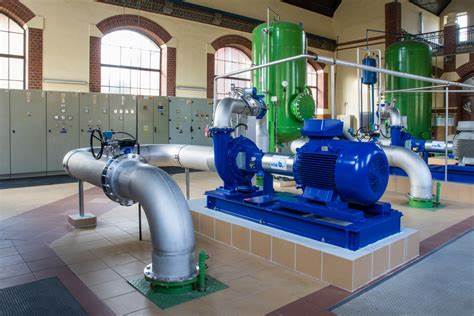One of the first papers documenting the occurrence of negative transient pressure in water distribution systems was Walski and Lutes “Hydraulic transients cause low-pressure problems” (Journal AWWA) based on some work we did in Austin around 1990. There have been a number of good papers in the intervening years on fate and transport of contaminants (primarily microorganisms) drawn into the water system as a result of such events.
E. coli in your water systems, what next?
In response to such contamination, water systems are required to issue boil water advisories and conduct sampling for disinfectant residual and microorganisms, using E. coli as the indicator organism. There is a lot of uncertainty about the boundary of the system that must be placed on the boil water notice. You don’t want to shut down the whole city if you’re pretty sure the risk is confined to one neighborhood.
A group of researchers from Montreal (Fatemeh Hatam, Ecole Polytechnique; Marie-Claude Besner, City of Montreal; Gabrielle Ebarcher, City of Laval; and Michele Prvost, Ecole Polytechnique) published a paper in the Journal of Water Resources Planning and Management on the “Limitations of E. coli Monitoring for Confirmation of Contamination in Distribution Systems due to Intrusion under Power Pressure Conditions in the Presence of Disinfectants.”
The accepted method to confirm that the contamination is over is monitoring for E. coli, a microbe found in the feces of warm-blooded animals. The authors pointed out that there are several limitations to using E. coli monitoring, especially if there are disinfectant residuals in the system.
They showed that a hydraulic/water quality model of the system is a much better tool for determining if there is contamination and where it might be at any time. They concluded that “Appropriate numerical tools can assist utilities, increasing their ability of detecting accidental intrusion under low/negative pressure events, and consequently applying preventive/corrective actions to protect public health.”
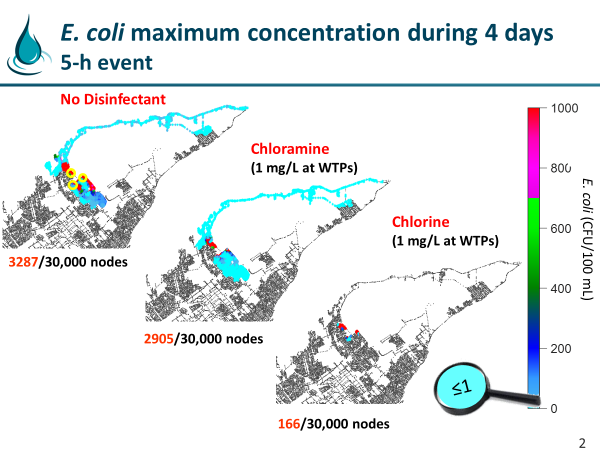
Since this is a Canadian paper, a good hockey analogy is that you want to skate to where the puck is going to be, not where it is now. Similarly, you want to send your sampling crews out to where the contamination will be when they get there.
From a Bentley standpoint, the project was nice as they used WaterGEMS, especially for the pressure-dependent demand calculations. This wasn’t a tiny “research” model. This was a real model with 30,000 nodes.
They gave Bentley a nice acknowledgment in the paper. They are continuing their work with another project also using WaterGEMS.
Want to learn more from our resident water and wastewater expert? Join the Dr. Tom Walski Newsletter today!

